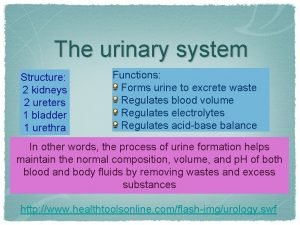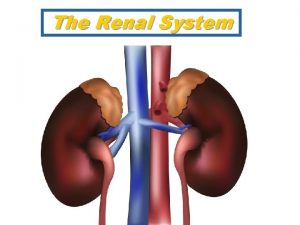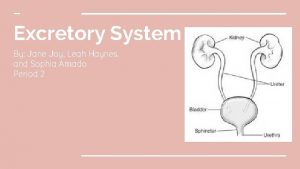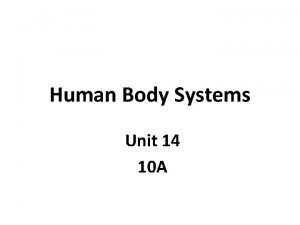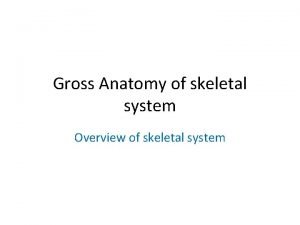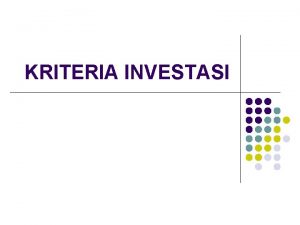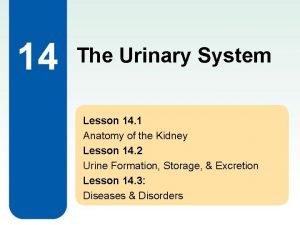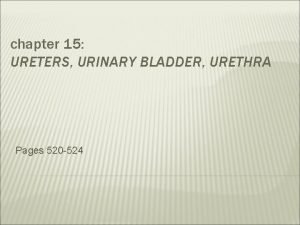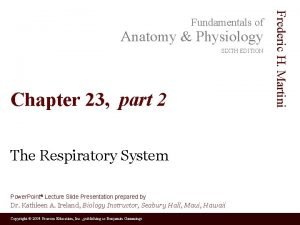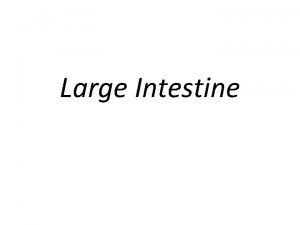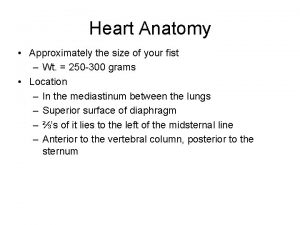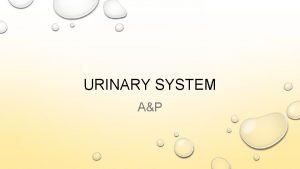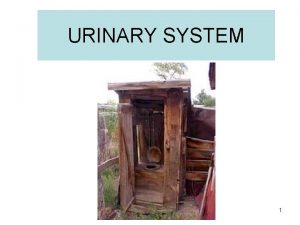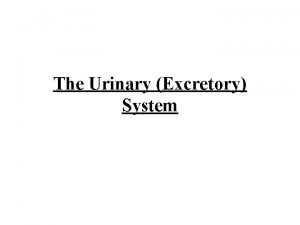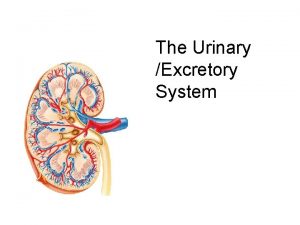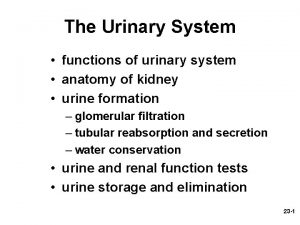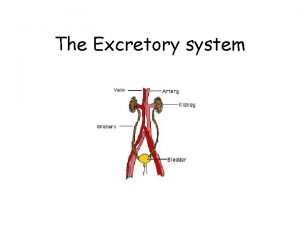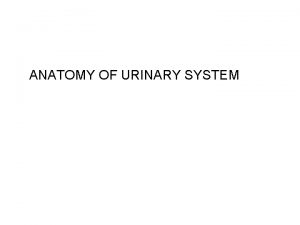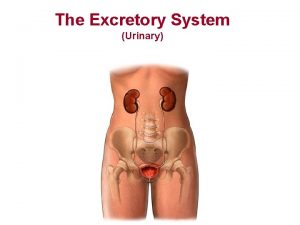The Excretory System Urinary Structures Gross Anatomy Functions















- Slides: 15

The Excretory System Urinary

Structures: Gross Anatomy

Functions • Your urinary tract is the body system involved in the formation and excretion of urine. • The kidneys filter out waste products from the blood. • These waste products in combination with water are urine. • The urine passes out of the kidneys through two narrow, muscular tubes called ureters. • The ureters empty the urine into the bladder, and the urine is then excreted from the body through a tubelike structure called the urethra.

How Does the Urinary System Work? • After your body has taken what it needs from the food, waste products are left behind in the blood and in the bowel • The urinary system removes a type of waste called urea from your blood. Urea is produced when foods containing protein, such as meat, poultry, and certain vegetables, are broken down in the body. Urea is carried in the bloodstream to the kidneys

Kidneys • • bean-shaped organs size of your fists remove urea from the blood Nephron: functional unit of the kidney

Nephron • Each nephron consists of a ball formed of small blood capillaries, called a glomerulus, and a small tube called a renal tubule •

Glomerulus



Formation of Urine • Occurs through 3 processes: • Filtration: continuous, glomerular blood pressure causes H 2 O and dissolved substances to filter out of glomerulus into the Bowman’s capsule (nml filtration rate=125 ml/min=108 L per day • Reabsorption: substances move out of renal tubules into bloodstream, water, ions, and nutrients are reabsorbed

Formation of Urine • Secretion: movement of substances into urine in the distal and collecting tubules from the blood in peritubular capillaries: hydrogen ions, potassium ions, and certain drugs are secreted by active transport, ammonia is secreted by diffusion • Control of Volume: ADH (secreted by the posterior pituitary) decreases urine volume

Ureters • From Kidneys to Bladder • About 10 inches length • Drains urine from kidneys, small amounts at a time, about q 1520 sec

Bladder • Hollow muscular organ shaped like a balloon • stores urine until you are ready to go • swells into a round shape when it is full • gets smaller when empty • The bladder can hold up to 16 oz (2 cups) of urine comfortably for 2 to 5 hours.

Urination/Micturation • As the bladder first fills with urine, nerves from the bladder send a message to the brain that the bladder is full, and your urge to empty your bladder intensifies • When you urinate, the brain signals the bladder muscles to tighten, squeezing urine out of the bladder, sphincter muscles relax • Urine exits the bladder through the urethra.

Disorders • • Benign Prostatic Hypertrophy cystitis Kidney Stones Prostatitis Urinary Tract Infections (UTI) Urinary Incontinence Urinary Retention
 Chapter 20 urinary/excretory system
Chapter 20 urinary/excretory system What is the name
What is the name Where are the kidneys located in the body
Where are the kidneys located in the body Excretory system organs and functions
Excretory system organs and functions What is the main function of the excretory system
What is the main function of the excretory system Excretory system functions
Excretory system functions Gross anatomy of skeletal system
Gross anatomy of skeletal system Contoh kriteria investasi
Contoh kriteria investasi Lesson 14.2 male and female urinary structures
Lesson 14.2 male and female urinary structures Urethra
Urethra Lymph tissue fluid
Lymph tissue fluid Gross anatomy of the lungs
Gross anatomy of the lungs Large intestine gross anatomy
Large intestine gross anatomy Inferior cerebellar peduncle
Inferior cerebellar peduncle Gross anatomy
Gross anatomy Gross anatomy of a long bone
Gross anatomy of a long bone

